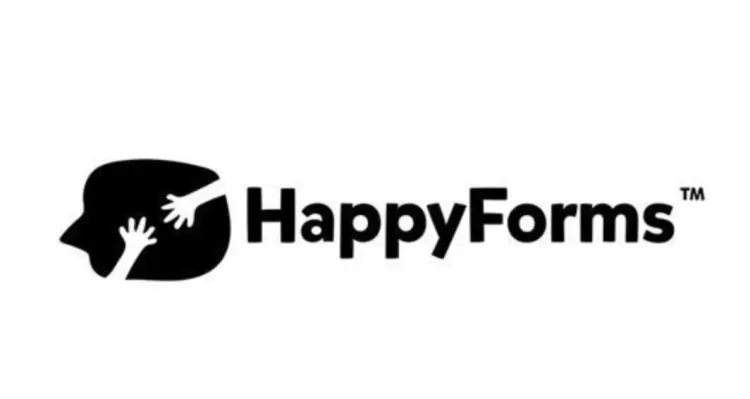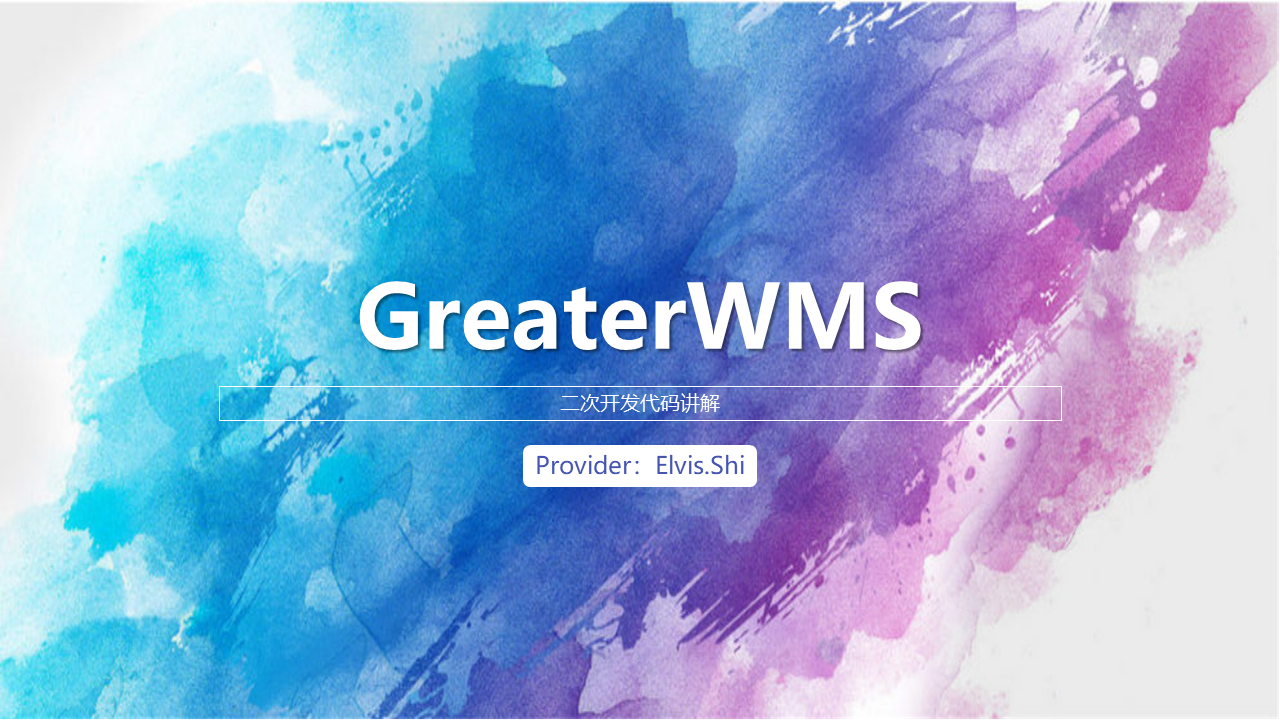Forms That Feel Human, Not Hostile

Most “contact” pages whisper don’t. Too many fields, mystery errors, hostile captchas, and a design that looks borrowed from an admin panel. If the goal is a reply, a booking, or a qualified lead, your form should behave like a thoughtful host: quick, clear, and respectful. This field guide shows how to build that experience with HappyForms — Create beautiful online forms that convert on WordPress—focusing on structure, copy, a11y, performance, and the ops habits that keep everything tidy.
Why HappyForms (in plain English)
“Beautiful” is table stakes. The reason HappyForms earns a slot in production is clarity: predictable layouts, sensible validation, humane error handling, spam defense that doesn’t punish real people, and clean data you can use. It integrates without turning your site into a plugin theme park, and it gives editors guardrails so consistency survives busy weeks.
The three big promises (hold the plugin to these)
1) Speed without tricks — fields render fast, labels never jump, and the submit button doesn’t stutter on mobile.
2) Accessibility by default — labelled inputs, reachable help text, visible focus, and error messages that screen readers announce.
3) Conversion discipline — fewer, better questions; microcopy that anticipates friction; analytics that measure outcomes, not pageviews.
If a form can’t keep those promises, it’s expensive confetti.
A mental model that keeps you out of trouble
- One job per form. If you’re asking for a quote, don’t sneak in newsletter opt-ins and feedback surveys.
- Two paths for success. Immediate confirmation and a useful next step (calendar link, download, or clear reply window).
- Progressive disclosure. Ask basics first; reveal advanced fields only when relevant.
- Defaults that feel smart. Pre-fill when you can (logged-in data, country from locale), never guess for critical inputs.
Design system in 25 minutes (so forms stop freelancing)
- Type: one sans (text), one display weight for headings; line-height ≥ 1.5.
- Spacing: 8-point scale; generous vertical rhythm (24–32px between groups).
- Contrast: AA or better; dim grey on white is a form’s silent killer.
- Controls: one height for text inputs and selects, one for buttons.
- Focus: visible and consistent (outline or shadow), never removed.
Set these tokens once; HappyForms will adhere if you avoid ad-hoc CSS.
The anatomy of a trustworthy form
Above the fold
- A one-sentence promise: what happens after submit and when.
- A privacy line in human language (“We reply within 1 business day. No marketing unless you tick the box.”).
Body
- Group fields under plain-English headings (About you, What you need, Timing).
- Optional help text (short!) under tricky fields.
- Inline validation on blur; never wipe the form on error.
Footer
- A clear primary button (“Get a quote,” “Request a callback,” “Send message”).
- A secondary action only if it helps (“Book a 15-min call instead”).
- A legal footnote only when required, not a wall of text.
Troubleshooting matrix (symptom → likely cause → first fix)
| Symptom | Likely cause | First fix |
|---|---|---|
| High bounce on mobile | Long form & no context | Add promise line, split sections, progressive disclosure |
| “Invalid email” rage | Regex too strict | Use tolerant validation; guide with examples |
| Empty submissions | Bot traffic | Enable honeypot + rate-limit; delay spammy IPs |
| People resubmit twice | Slow feedback | Show “Sending…” state; disable button until response |
| CLS spikes on errors | No reserved space | Reserve help/error space; consistent input heights |
| Ops misses leads | Inbox rules or noise | Route to shared mailbox/CRM; SLA alerts if no reply |
Fix the system, not just the incident.
10-day rollout plan (calm version)
Day 1 — Write the one-sentence promise + privacy line.
Day 2 — Decide the minimal fields; kill anything you won’t use.
Day 3 — Set tokens (type, spacing, colors, focus).
Day 4 — Build the form; add progressive disclosure.
Day 5 — Validation & error copy; humane and precise.
Day 6 — Spam defense (honeypot, limits); file upload rules.
Day 7 — A11y & performance pass; reserve space; mobile tune.
Day 8 — Notifications and SLA; owner + backup.
Day 9 — Analytics events; test real devices; dry-run replies.
Day 10 — Go live; monitor for a week; fix the top three issues.
Then set a monthly 30-minute audit: reply times, drop-offs, and one copy improvement.
What “convert” really means (a mindset, not a metric)
It’s not just percent submits. It’s useful conversations: fewer ambiguous messages, fewer “is anyone there?” follow-ups, and a calmer ops channel. Good forms won’t make a weak offer irresistible—but they’ll stop a strong offer from stumbling.
A quiet note on sourcing
Predictable releases matter. Keep staging and production in sync, snapshot settings, and promote changes on purpose. If you value version sanity and clean rollbacks while you focus on copy, performance, and ops, a curated catalogue like gplpal helps keep updates boring—in a good way.
Final word
You don’t need louder buttons or trendier gradients. You need HappyForms used with intent: a promise up front, fewer fields, kind validation, and a response you actually honor. Do that, and your “Contact us” stops being a cul-de-sac. It becomes a front door people are happy to knock on.






